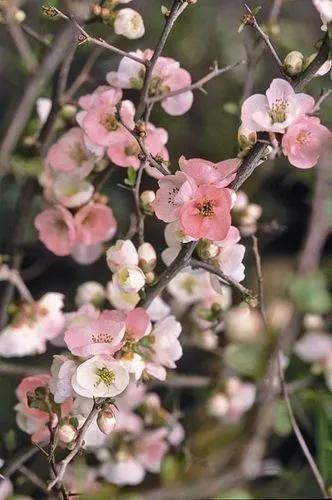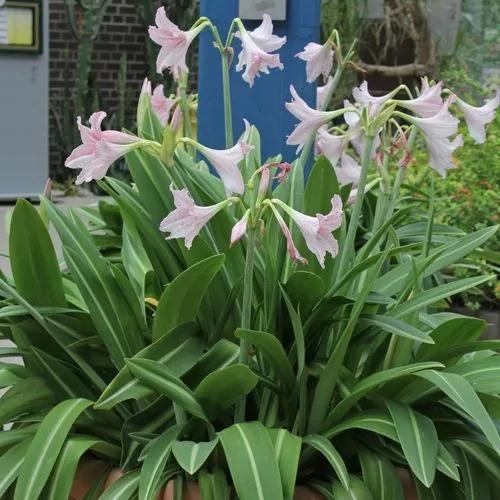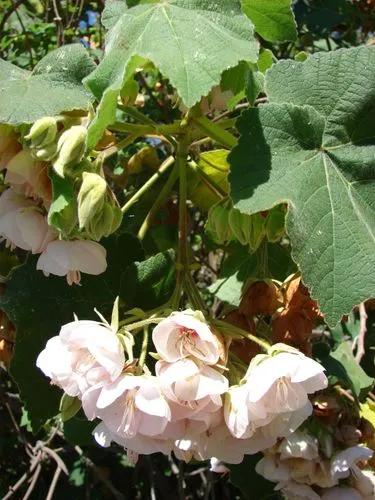Rosa is a genus of about 150 species of deciduous (occasionally evergreen) shrubs and climbers noted for their beautiful, often fragrant, single, semidouble or double flowers which are borne singly or in clusters on often prickly stems clad with 5-9 leaflets often having toothed margins.
New Dawn Climbing Rose Care
Rosa 'new Dawn'



How to Care for the Plant

Water

If you lay the canes horizontally along a wall or fence, New Dawn will burst into bloom all along the canes. From early spring until late autumn, when roses are vigorously growing, they will need about an inch of water every week. If it doesn't rain, then give each bush about four gallons of water once a week.

Pruning

Each year before the plant leaves out, trim your rose plant's shoots, so only a few nodes extend past the structural canes. Also, refasten the major canes to the structure if necessary. Continue to check that everything is securely fastened throughout the year, so no damage to the plant or structure occurs.

Fertilizer

Care: Scatter organic granular fertilizer formulated for roses around the base in March and again in June. Work compost into the soil at planting. Keep consistently damp for best performance (water the soil, not over the leaves) but can go without water except in extended hot, dry spells.

Soil

Soil: fertile, humus-rich, moist, well-drained soil, including clay.

Temperature

Plant bare-root New Dawn climbing roses in early spring, or potted bushes anytime up until frost. Bare-root roses establish themselves best when day temperatures are below 70 degrees Fahrenheit. Choose a spot that gets full sun.

Additional

Climbing roses on a trellis are not poisonous to dogs.

Popularity

311 people already have this plant 64 people have added this plant to their wishlists
Discover more plants with the list below
Popular articles






